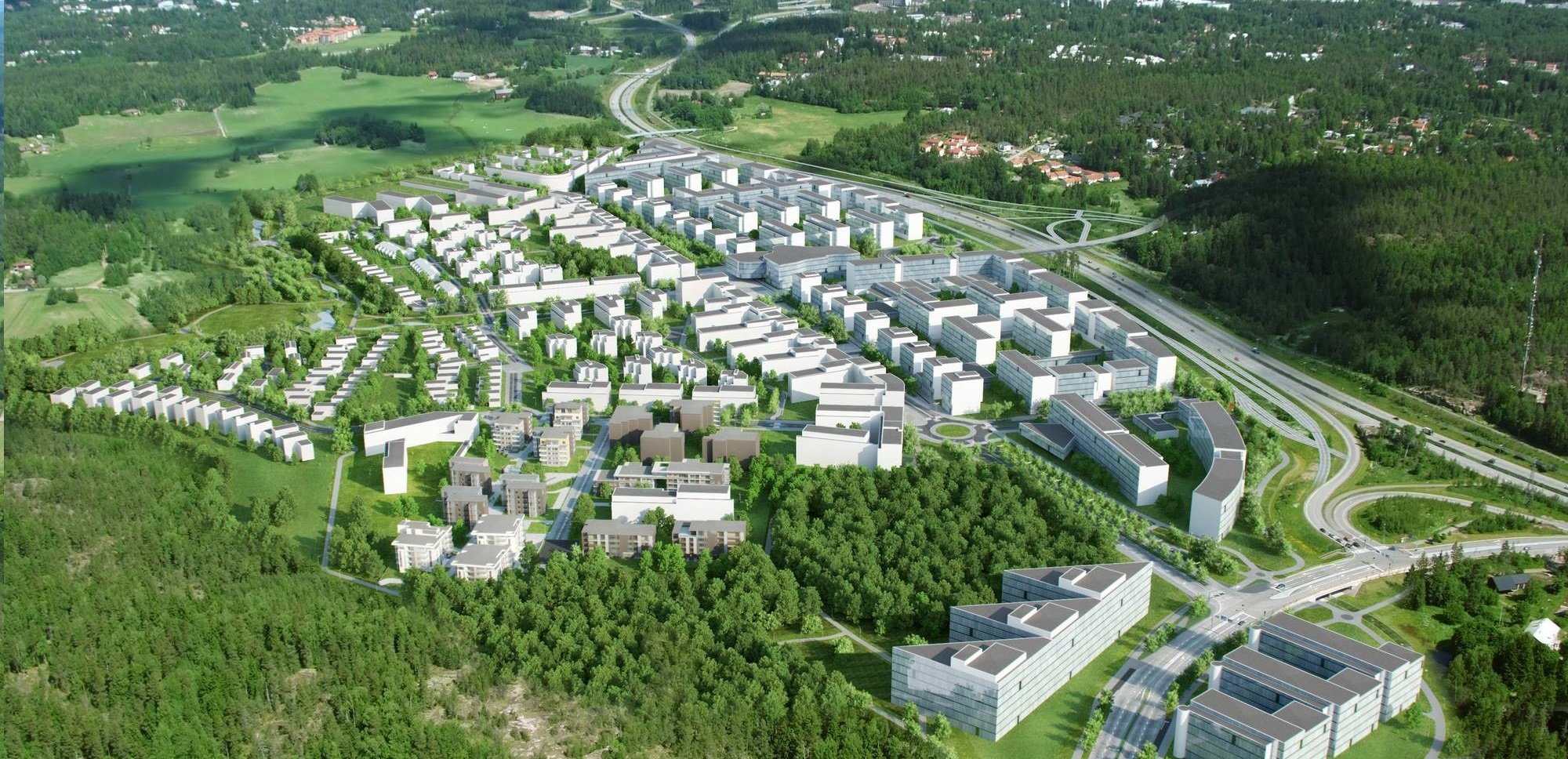How technology can help you achieve your net-zero-carbon goals for new developments
If we’ve learnt anything recently, it’s that you never know what’s around the corner. You can’t see into the future. However, for homebuilders the clues are there; The imminent arrival of the Future Homes Standard, the Greater London Authority planning requirement for whole life carbon assessment, Manchester and Birmingham’s commitments to net-zero construction by 2038 and 2030 respectively; the industry is moving in one direction with ever increasing momentum.
It’s not just the government pushing this – investors are also pushing the net zero and climate change mitigation agenda. For example, Nigel Wilson, Chief Executive from Legal and General said: “Avoiding climate catastrophe is our greatest global priority. The debate about whether higher concentrations of greenhouse gasses cause global warming is long over. The science is clear and we can see the change with our own eyes. The focus now should be on what we do about it.”
Legal & General recently suggested that all FTSE100 companies should give stakeholders a vote on proposals to tackle climate change, holding business leaders directly accountable on their ability to meet their climate goals, in particular in carbon heavy sectors like construction. So soon, both planning permissions and funding streams could well be dependent on being able to achieve net-zero carbon in new buildings.

This is a scary challenge but embracing emerging technology can take some of the pain away here.
Here are three ways technology can help you achieve your net zero carbon goals:
Tip 1: Set the right targets – and track them!
Designing a building is a balance of so many considerations, with teams juggling to manage architectural, financial, technical and planning considerations amongst many more. Sustainability has for so long been an afterthought, and therefore often managed after the building form has been defined, through preventative measures like extra insulation, triple glazed windows or upgraded internal systems, or even carbon offsets. All of these relatively late interventions come at a cost and will only get you so far in meeting your goals.
To give this the attention it needs, we must embed the right targets in our designs at the earliest stage. Frameworks like Ramboll’s Sustainability Dialogue Tool can help developers decide what aspects of sustainability are most valuable for them to focus on and set targets for designers right from the start. But most importantly, we have to actively track these targets.
There are a wealth of tools available to rapidly scenario test development options in 3D. Key project data can be immediately available in the earliest stages of design, rather than being manually outputted at the next project milestone. The rise of interactive dashboards, used in combination with interactive 3D modelling tools, allows design teams to be reporting against sustainability targets in real-time, so designers can use this data to inform their evolving design and find the best way to balance all the requirements.
Tip 2: Use rapid analytics to fast-track building performance into building design
Understanding performance against sustainability goals however is not trivial, as substantial analysis is required to understand how a building will perform. This analysis traditionally takes time and often significant computational power, meaning the feedback used to be available weeks after the design was first created. This meant designers would make a best guess on how to balance all the constraints and wait with bated breath for the actual results to come back weeks later.
While you’re waiting for these results, the design is progressing, meaning responding to the feedback becomes more costly as the design becomes more defined and fixed. Design is iterative, but with the traditional approach, you only have time for a few iterations.
Use of generative design tools, AI and algorithms changes this – you no longer need to wait to get feedback on the life cycle performance of a building. These tools, like SiteSolve, allow you to consider technical feedback on key performance criteria, rapidly, while you still have the ability to make wholesale changes to the design, in areas like building shape, orientation and position. More than this, you don’t have to manually iterate through options – this technology allows you to optimise to show you your best option for a potential criteria, rapidly, and to feed these findings into your design process, to give you the best chance of meeting all your sustainability criteria.
Tip 3: Start now to have the right data in the future
So did your last building actually perform like you thought it would? Do the occupants actually behave like you predicted they would? Are the sustainability benefits you built in actually realised in real life? As an industry we often struggle to answer these questions, as so often the building is left to operate and rarely do we go back and check on its real-life performance.
Data is power here. By gathering data on our assets now, not only can we work to optimise the performance of existing assets, but we can also better understand real building performance and use this to inform the next generation of our new buildings from the start.
But this can be costly, and there is a natural resistance and hesitancy to this – what do I need to track? What form of data will I need? Will anyone be able to understand this data? Is it actually useful?! Which data standard do I use? Data scientists have been solving this problem, and the rise of data ‘translators’ along with centralised city-wide digital twins means we can extract, combine and visualise performance data more easily than ever before. So right now, we shouldn’t focus on the detail – we should just make a start in gathering this valuable data.
Achieving net zero carbon goals for new developments is a challenge for us all, but these are the simple ways that technology is here to help us rise to this challenge.
